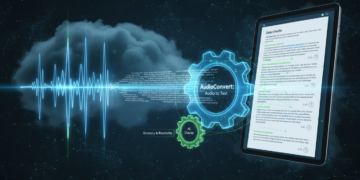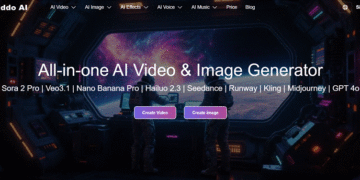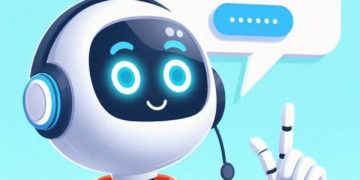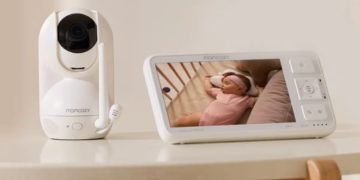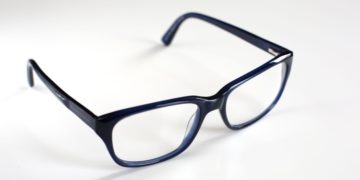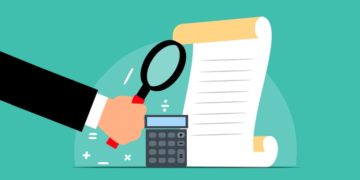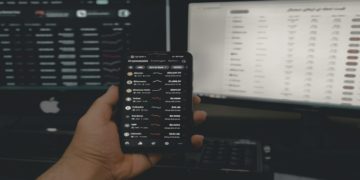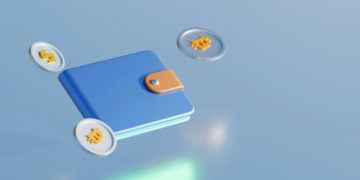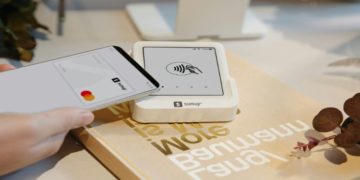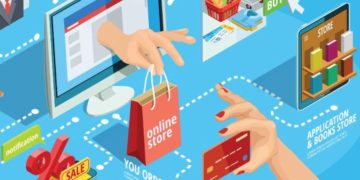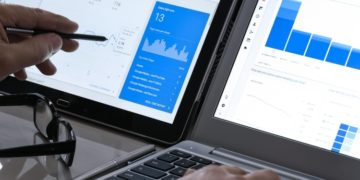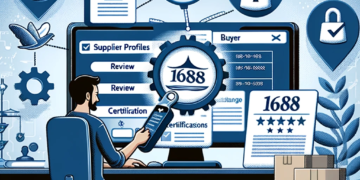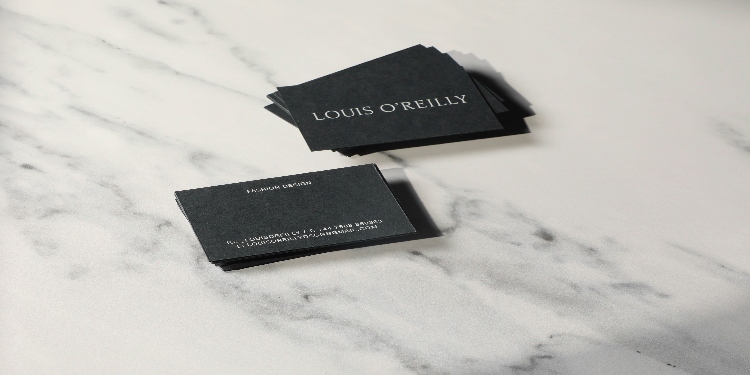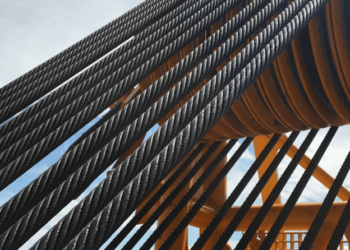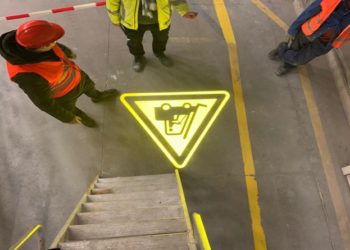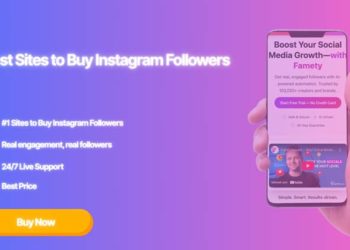Business cards are evolving. What once required manual design, specialized software, and designer support is now being transformed by artificial intelligence. AI doesn’t just speed up the design process—it redefines how people create, personalize, and distribute business cards at scale. This shift opens new possibilities for branding, accessibility, and automation across industries.
The evolution of business cards: from print shops to smart algorithms
Just a decade ago, designing a business card meant either working with a designer or using fixed templates. The process was slow, expensive, and often limited by software capabilities. With the rise of digital tools, layout editors and online creators became more widespread, but the experience still required a design mindset.
Now, AI is pushing the boundaries. It brings dynamic personalization and visual intelligence into play, removing the need to make every design decision manually. Instead of choosing every color and shape yourself, AI guides the process based on best practices, style preferences, and branding input. The result: faster creation and consistently professional results.
What AI actually does in the design process
AI business card generators analyze the user’s brand data—such as logo, colors, and name—and generate multiple business card layouts in seconds. These tools are capable of evaluating spacing, font combinations, and visual hierarchy without human intervention. They simulate design logic and apply it instantly to build layouts that follow current visual trends and user expectations.
They also allow on-the-fly customization. Want to change the font or shift an element slightly? AI adapts the layout in real time, ensuring balance and clarity remain intact. In essence, AI replaces the need for basic design knowledge, making visual creation intuitive and efficient.
Benefits of AI compared to traditional design
Traditional design involves rounds of feedback, experimentation, and often higher costs. AI simplifies this with instant results, reduced back-and-forth, and templates that respond to your brand inputs.
AI also supports scalability. For companies producing cards for dozens of employees or for fast-changing projects, the ability to generate consistent designs with minimal effort becomes a major advantage. Real-time editing and instant file generation help save time across the board while maintaining design quality.
How AI makes design accessible to everyone
For small businesses, freelancers, and startups, AI removes common entry barriers. No expensive software, no prior experience, and no delays in turnaround. Instead, anyone can create a personalized business card aligned with their brand identity in just minutes.
Control also stays with the user. You can adjust colors, layouts, and fonts without needing technical knowledge, and preview results immediately. This level of accessibility is changing how people think about design—not as something outsourced, but as something achievable in-house.
What’s next for business cards
The future of business cards lies in integration. AI-generated designs are likely to become part of broader brand systems, connected to digital profiles, QR codes, and live contact updates. Cards will shift from being static tools to dynamic brand elements.
Expect more AI-based templates that adapt by industry, language, or audience. Personalization at scale will become standard, allowing each business card to reflect the context in which it’s used—be it a networking event, online delivery, or conference booth. Business cards won’t disappear, but their role will expand in smarter, more flexible ways.
How to use AI to create the business card of tomorrow
Actionable tips for future-ready card design
- Define your goal: networking, branding, or event use
- Prepare a logo and basic color palette before starting
- Choose a platform that allows visual editing
- Try multiple versions to see what fits your brand tone
- Check your contact information carefully before exporting
Embracing AI for business card design is not a shortcut—it’s a step toward more agile, consistent, and brand-aligned communication. The ability to produce professional results on demand is becoming the new standard in visual branding.
FAQ
How is AI different from a regular template?
AI adapts layouts to your brand input, while templates remain fixed and static.
Can AI produce non-standard, creative designs?
Yes, especially if the tool allows manual editing and advanced customization.
Are AI designs print-ready?
Most services provide files suitable for professional printing with the correct formats and settings.
Is AI a good option for bulk team cards?
Absolutely. It ensures consistency and saves time when creating many cards at once.
Will business cards disappear in the future?
No. They will evolve to include digital features and smarter design—but the format will remain relevant.


